Discover everything about foundation problems in Kenya — from causes, early signs, and repair methods to costs, soil testing, and how to hire trusted contractors. Learn how to fix and prevent house foundation issues in Kenya with professional, affordable solutions.
Why Foundations Matter for Kenyan Homes
A strong foundation is the most important part of any house. It supports the entire structure, distributes weight evenly, and protects your home from natural forces such as soil movement, rainfall, and flooding. In Kenya, where different regions have varying soil conditions, foundation problems can arise if the wrong foundation type or poor construction materials are used.
Understanding your soil type is the first step toward building or repairing correctly. Red soils found in Central Kenya are stable, but black cotton soils common in Nairobi and Kisumu expand and shrink easily, leading to cracks and sinking foundations. The Kenyan Building Code recommends soil testing before construction to prevent such costly issues and ensure long-term stability.

Common Foundation Problems in Kenya
Foundation issues in Kenya often start small but worsen over time. Some common signs include cracked walls, uneven floors, and gaps around windows or doors. Many homeowners ignore these early warning signs until repairs become expensive and extensive. Understanding the root causes can help prevent permanent structural damage.
Settlement and Sinking Foundations
Settlement happens when soil beneath your house shifts or compresses. This can be caused by poor compaction during construction or by natural soil movement after heavy rains. In areas with black cotton soil, this problem is especially common, as the soil swells when wet and shrinks when dry. If left untreated, it may lead to uneven floors or tilted walls.
Cracks and Wall Separation
Cracks are one of the first visible signs of foundation trouble. Vertical cracks often mean settlement, while horizontal ones could point to pressure from expanding soil or water. Stair-step cracks along block walls are serious and require immediate professional attention. These cracks not only weaken your walls but can also allow water to seep in, worsening the damage.
Drainage and Water Damage
Poor drainage is a major cause of foundation failure in Kenya. Homes without proper gutters, soak pits, or storm drains experience water pooling near the base, eroding soil and washing away stability. Continuous exposure to moisture weakens the concrete, leading to soft spots and further sinking. Installing good drainage systems is essential to stop these issues early.
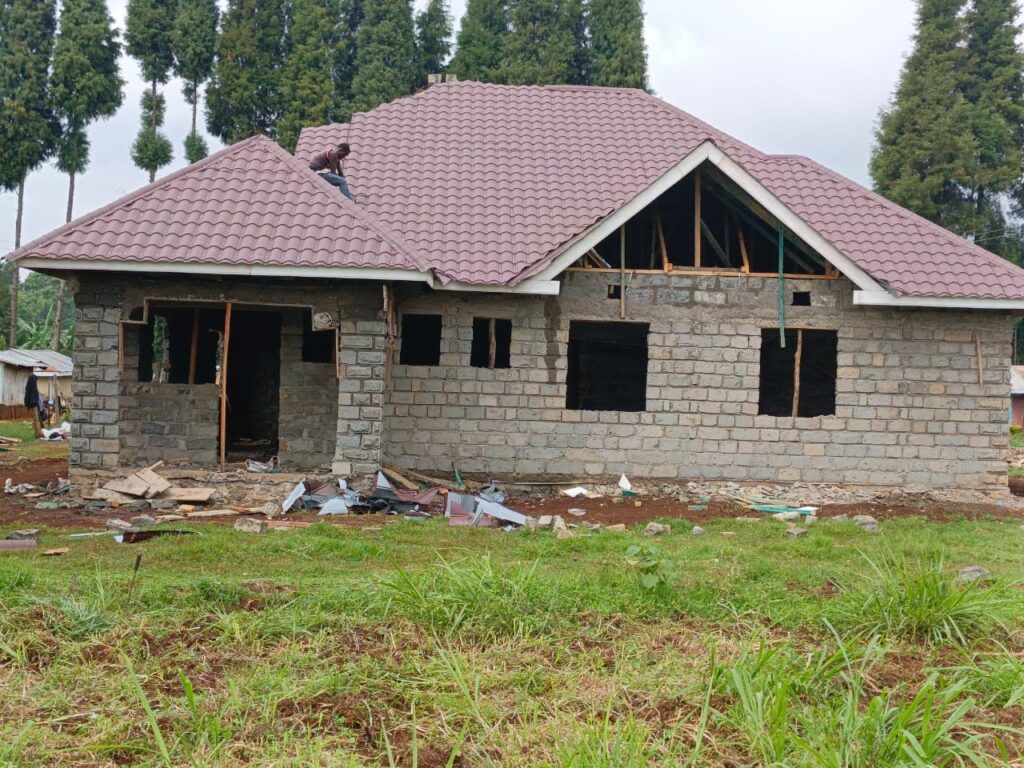
How to Diagnose Foundation Problems
Detecting foundation problems early can save you thousands of shillings in repairs. Start by observing changes in your home’s structure and surfaces. Even small shifts can signal bigger underground issues. Regular inspection, especially after long rains, is key to maintaining a strong and safe house foundation in Kenya.
Visible Signs to Watch For
Look for doors or windows that no longer close properly, uneven floor levels, or cracks that seem to widen over time. Gaps between the ceiling and walls are another red flag. If you notice your tiles or pavement shifting, it’s often an early sign that the soil beneath is unstable.
Simple Tests and Tools
Homeowners can use simple methods like placing a ball on the floor to see if it rolls toward one side, which indicates uneven settlement. You can also mark crack edges with a pencil to track if they grow wider. These small tests help determine if professional evaluation is needed.
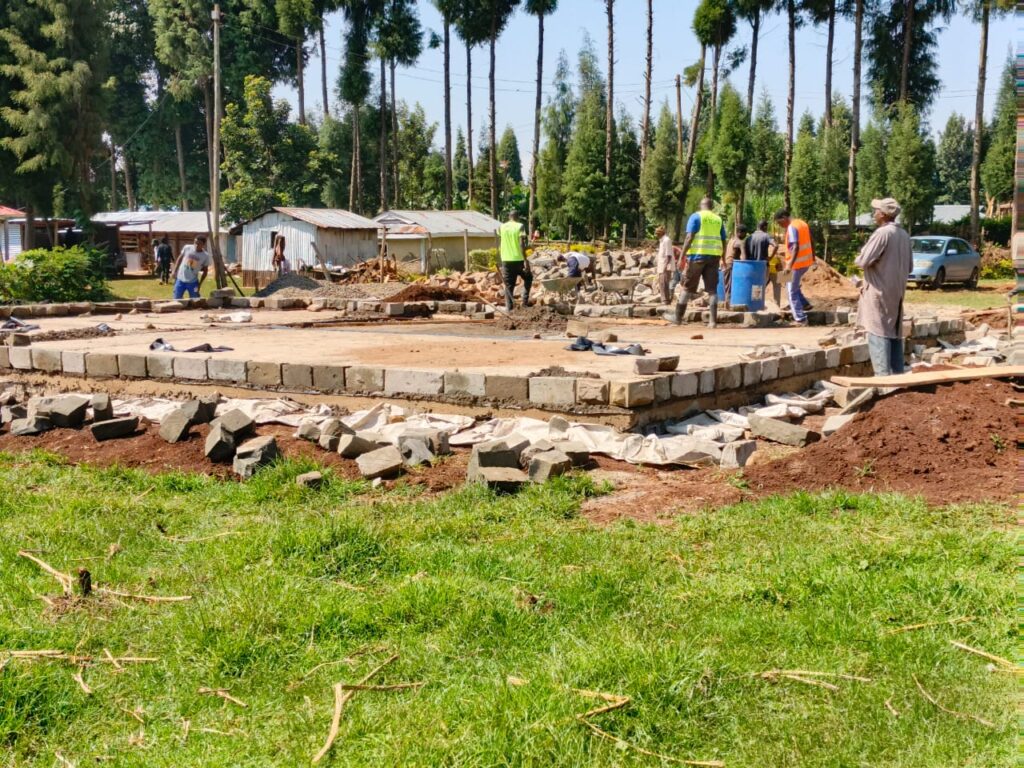
Professional Inspection
If the problem appears serious, call a structural engineer or geotechnical expert. They can perform soil bearing capacity tests or core sampling to determine the cause. A professional inspection ensures you choose the correct repair method instead of relying on guesswork.
Proven Repair Methods Used in Kenya
Fixing foundation problems requires understanding both the cause and the soil conditions. In Kenya, repair options vary depending on whether the damage is structural, due to soil movement, or caused by water infiltration. The best results come from combining proper engineering with high-quality materials.
Underpinning and Piling
Underpinning strengthens existing foundations by adding new concrete or steel supports beneath them. This is ideal for sinking houses or where soil has lost strength. Piling, on the other hand, transfers the building’s weight to deeper, more stable soil layers using concrete or steel piles — a common method in Nairobi and Mombasa where black cotton soil is widespread.

Crack Repair and Waterproofing
Small cracks can be sealed using epoxy injections or cementitious materials. For severe cases, external waterproofing membranes help stop water penetration. Waterproofing not only prevents further damage but also improves your home’s durability during Kenya’s rainy seasons.
Slab Jacking and Soil Stabilisation
In slab jacking, technicians inject a cement mixture beneath the slab to lift and level it. This is effective for minor settlement issues. In some areas, soil stabilisers like lime or geotextile fabrics are added to improve soil strength and reduce expansion.
Soil Testing & Choosing the Right Foundation
Before any construction or major repair, soil testing is critical in Kenya. Different regions have unique soil compositions that require specific foundation types. Skipping this step often leads to future structural issues and added costs.
Importance of Soil Testing
A soil test identifies the type, moisture content, and bearing capacity of your land. It helps engineers decide the ideal foundation type and depth. Testing is affordable in Kenya and can prevent severe foundation failures down the line.
Foundation Types for Kenyan Soils
For stable red soils, simple strip or pad foundations work well. In black cotton areas, raft or under-reamed pile foundations are preferred. Coastal sandy regions benefit from deep piles or raft systems that spread load evenly. Choosing the right foundation reduces long-term risks.
Soil Improvement Options
If the soil is too weak, methods such as replacing part of the topsoil, compaction, or mixing lime and cement can strengthen it. Geotextile layers also help distribute weight and prevent uneven settlement.

Cost Breakdown & Getting Reliable Quotes in Kenya
Repairing foundation problems in Kenya can range widely in cost depending on severity, materials, and labor. Knowing what to expect helps you budget and avoid being overcharged by contractors.
Factors Affecting Foundation Repair Costs
The main cost drivers include soil type, extent of damage, accessibility of the area, and repair method. Underpinning or piling is generally more expensive than simple crack repair. Always request detailed written estimates before work begins.
What to Include in a Contractor Quote
A complete quote should cover site inspection, soil testing, materials, labour, supervision, and any after-repair guarantees. If a quote seems unusually cheap, it may omit essential steps like engineering certification or waterproofing.
Financing and Insurance
Some Kenyan homeowners use home improvement loans or insurance coverage for structural damage. Always check with your insurer if foundation repair qualifies. Having coverage can reduce financial stress when emergencies arise.
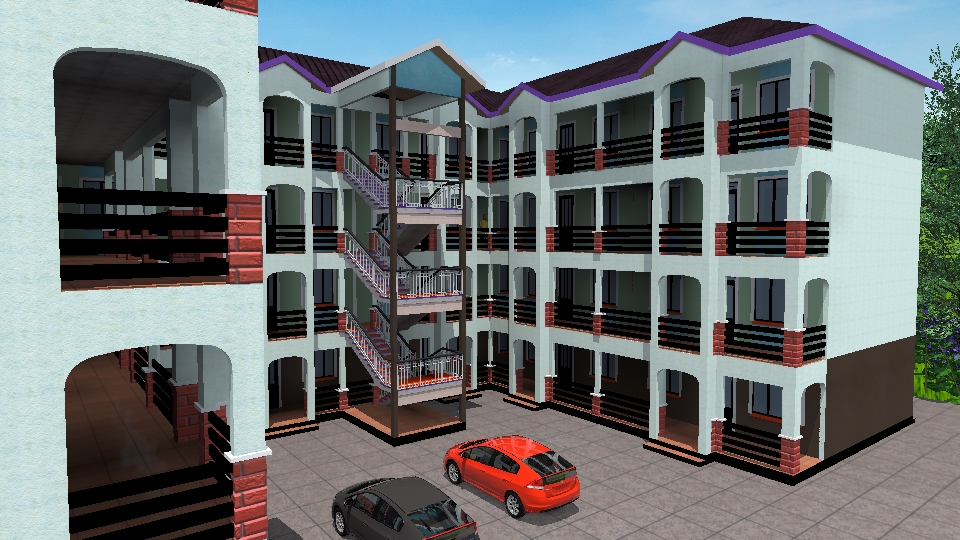
Selecting a Contractor & Preventive Maintenance
Choosing the right professional ensures your foundation repair lasts. Equally important is routine maintenance to prevent future problems. A combination of professional expertise and homeowner vigilance keeps your structure strong for decades.
Finding Qualified Contractors
Work only with registered engineers and licensed builders. Ask for references, past projects, and insurance documents. Reliable contractors will provide a written contract and warranty for the work done.
Maintenance After Repair
Inspect drainage systems regularly and ensure water flows away from your home. Clean gutters, check soak pits, and remove vegetation growing near the foundation. Maintenance is cheaper than repair, and early attention prevents recurrence.
When to Schedule Inspections
Schedule foundation checks at least once a year or after heavy rains. If you live in a high-risk area with black cotton soil, consider inspections twice a year. Preventive inspection saves costs and ensures long-term stability.

Foundation Waterproofing and Drainage Solutions in Kenya
Proper waterproofing and drainage are crucial for preventing foundation problems in Kenya’s diverse climates. Homes in regions like Kisumu and Mombasa face high moisture levels that can cause the soil beneath foundations to swell or shift. Without adequate drainage, water collects around the base, weakening concrete and leading to cracks or sinking. Homeowners can install perimeter drains, French drains, or slope grading systems to redirect water away from the house. In addition, waterproof coatings or membranes applied to the foundation wall help prevent seepage, which is common in areas with heavy rainfall. Maintaining clean gutters and ensuring downspouts direct water at least two meters away from the foundation can significantly reduce long-term risks. Many modern builders also recommend using water-resistant cement or additives during construction to enhance durability. Regular inspection after the rainy season ensures early detection of leaks or erosion around the foundation. Investing in drainage early on saves thousands of shillings in future repair costs and strengthens the overall structure.
How Poor Drainage Leads to Foundation Cracks
When water is not properly diverted, it seeps into the soil around the foundation, causing it to expand and contract as moisture levels fluctuate. This constant cycle exerts lateral pressure on the foundation walls, eventually resulting in cracks or tilting. Over time, structural imbalance can appear as uneven floors or jammed doors and windows. In Kenya, clay-heavy soils worsen this problem because they retain water for extended periods. Regular grading, installing catch basins, and using crushed stone around drainage lines can improve water flow and soil stability. For homes built on slopes, retaining walls also help prevent erosion and lateral soil movement.

Modern Waterproofing Techniques for Kenyan Homes
The Kenyan construction industry has embraced new waterproofing technologies such as crystalline sealers, liquid rubber membranes, and bituminous coatings. Crystalline waterproofing reacts chemically with concrete to form insoluble crystals that block micro-pores and capillaries. Liquid membranes, on the other hand, create seamless protective barriers around the foundation, making them ideal for coastal or flood-prone zones. Builders often combine multiple techniques to enhance effectiveness, particularly for multi-storey homes. Homeowners should always choose waterproofing materials suited to their local soil and rainfall conditions for maximum benefit.
Foundation Inspection and Maintenance Schedules
A solid maintenance schedule prevents minor foundation issues from escalating into costly repairs. Many homeowners neglect annual inspections until visible cracks or subsidence appear, yet early detection saves money and preserves home value. Foundation experts recommend that Kenyan homeowners conduct professional inspections at least once every 12–18 months. This process includes checking for uneven settlement, cracks, or water pooling around the structure. Using a simple level tool on floors can reveal sloping areas, indicating underlying movement. Routine checks also identify pests like termites that can damage wooden foundation supports. Homeowners should document findings with photos to track changes over time, ensuring transparency with contractors.
Signs That Indicate It’s Time for an Inspection
Visible hairline cracks on walls or floors, misaligned doors, and bubbling paint near the skirting are clear warning signs. Other subtle indicators include separation between walls and ceilings, or musty smells that signal moisture buildup. In older Kenyan homes, ground vibration from heavy traffic or nearby construction can also cause gradual settlement. If these symptoms persist after simple fixes, scheduling a structural engineer assessment is wise. Regular monitoring allows early intervention through minor grouting or crack injection before damage spreads.
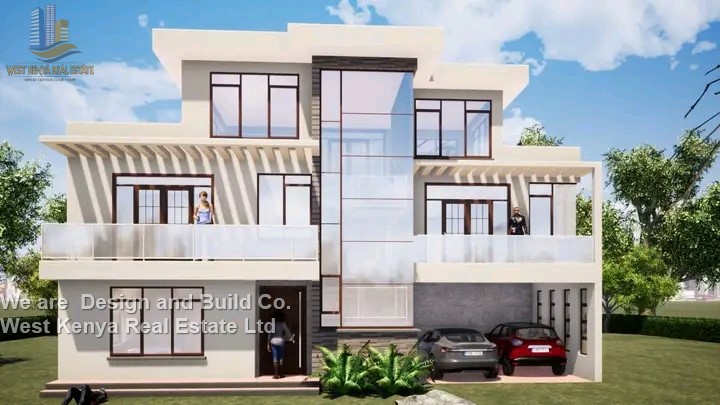
Professional vs. DIY Inspections
While DIY inspections help with early detection, professional engineers provide in-depth assessments using specialised tools. They measure soil compaction, inspect load-bearing walls, and analyse previous foundation designs. Homeowners may overlook hidden issues such as sub-surface voids or drainage flaws that only experts can detect. Although professional inspections come at a cost, they are invaluable for long-term structural safety. Many Kenyan contractors now offer affordable packages combining inspection, maintenance, and minor repair services annually.
Common Foundation Mistakes Made During Construction
Several preventable errors made during construction often lead to foundation problems in Kenya. One major issue is failing to perform proper soil testing before building begins. Without knowing soil type and bearing capacity, builders may pour foundations that are either too shallow or unsuitable for the environment. Another frequent mistake is using substandard materials such as low-grade cement or poorly mixed concrete, which weakens the foundation’s structural integrity. Some contractors also skip adequate curing time, leading to cracks and instability. Poor supervision, untrained labor, and lack of adherence to building codes compound these risks. Over time, these oversights manifest as structural failure, which could have been avoided through careful planning and expert oversight.
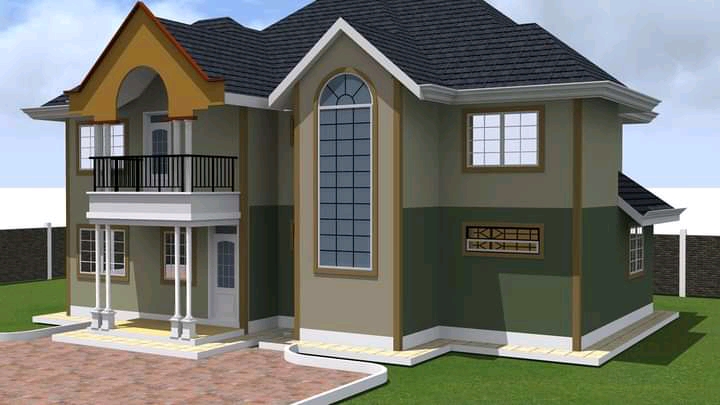
Importance of Soil Testing Before Construction
Soil testing determines the type of foundation that best suits a given location—whether strip, raft, or pile foundation. In Kenya, black cotton soil areas require special attention because of their high expansion potential. Builders who skip this process often face problems such as sinking or cracking within the first few years of occupancy. Simple soil tests reveal load-bearing capacity, moisture retention, and chemical composition, guiding material selection and design depth. Partnering with a registered geotechnical engineer ensures accuracy and long-term safety.
Quality Control During Foundation Pouring
Monitoring concrete mixing ratios and curing conditions is critical. Using too much water weakens the mixture and makes it prone to cracking, especially under temperature variations. Proper vibration during pouring eliminates air pockets that can later form voids. Additionally, protecting freshly poured concrete from rapid drying with wet coverings ensures full strength development. Contractors must also maintain accurate records of mix proportions for future reference. These practices prevent common structural weaknesses observed in many residential projects across Kenya.
How Climate and Soil Type Affect Foundations in Kenya
Kenya’s climate and geography play a major role in determining foundation performance. Areas such as Machakos and Kitengela experience long dry periods followed by sudden rainfall, leading to extreme soil expansion and contraction. Coastal regions like Mombasa deal with sandy soils that shift easily, while Rift Valley zones face seismic risks and varying soil densities. Builders must adapt their foundation designs to accommodate these local factors to prevent future instability. For instance, deep foundations perform better in clay soils, while reinforced raft foundations work well in sandy zones. Climate change has further intensified these variations, making adaptability a core consideration for modern home design.
Effects of Seasonal Changes on Soil Stability
During the dry season, clay soils shrink and create voids under foundations, causing walls to crack or tilt. When the rains return, the same soils expand rapidly, exerting upward pressure that lifts or shifts the structure unevenly. This cycle, known as “heaving,” is a major cause of foundation movement in Kenyan homes. Builders can mitigate it by maintaining consistent soil moisture through landscaping and proper drainage. Planting grass or shrubs around the foundation helps stabilize soil temperature and moisture levels naturally.
Adapting Foundation Design to Local Climate
Engineers can prevent climate-related damage by customising foundation type and depth to local environmental conditions. For instance, floating raft foundations spread loads evenly on weak soils, while pile foundations bypass unstable layers entirely. Incorporating waterproof membranes, insulation barriers, and flexible joints also allows structures to withstand temperature fluctuations. Understanding local climate and soil data ensures each home remains safe, durable, and cost-effective to maintain over time.
Innovative Foundation Repair Technologies in Kenya
The Kenyan construction industry is rapidly adopting modern foundation repair technologies that offer long-term solutions. Traditional methods like underpinning are now being enhanced by hydraulic and polymer-based techniques. Homeowners can now stabilise sinking foundations without full excavation, reducing time and costs significantly. These innovations not only improve structural performance but also minimise environmental disruption. As urban areas like Nairobi continue to expand, demand for quick, reliable, and non-invasive foundation repair methods is growing fast.
Use of Polyurethane Foam Injection
This method involves injecting lightweight polyurethane foam beneath the foundation to fill voids and lift sunken slabs. The foam expands and hardens within minutes, restoring structural balance while remaining water-resistant. It’s especially useful in residential driveways, patios, and light structures. Kenyan contractors increasingly favor this technology for its minimal downtime and cost efficiency. The material’s long lifespan and flexibility make it suitable for diverse soil conditions.
Helical Piles and Micro-Piling Solutions
Helical piles provide a durable solution for severely settled structures. These steel shafts are screwed deep into stable soil layers and then attached to the foundation to provide lift and support. Micro-piling, on the other hand, uses small-diameter piles that can be installed in tight spaces with minimal disturbance. Both methods deliver reliable stabilisation for homes built on weak or expansive soils. Their rising popularity in Kenya reflects the industry’s shift toward precision engineering and long-term sustainability.
Conclusion
Foundation problems in Kenya can be avoided or fixed effectively with the right information and professional help. Always start with a soil test, use quality materials, and hire qualified experts. With proper drainage and maintenance, your home can stay strong for decades. If you suspect foundation issues, act early to avoid high costs and ensure your family’s safety.





